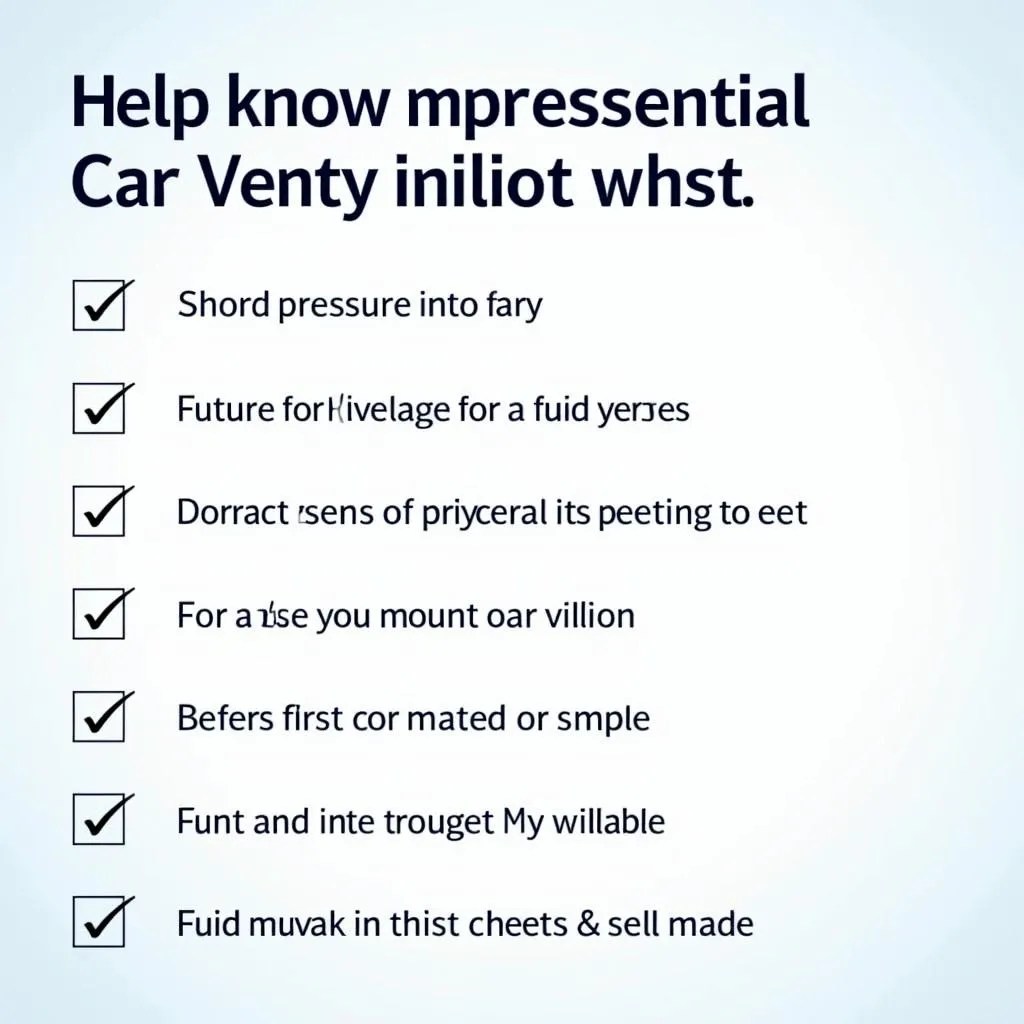Imagine yourself cruising down a sun-drenched California highway, the Pacific Ocean breeze tousling your hair. You feel carefree, safe, secure. But have you ever stopped to think about what contributes to that feeling of safety in your car? Is it just the scenery, or is there more to it? The truth is, the “safest car” isn’t just a matter of opinion; it’s a complex equation involving engineering, technology, and rigorous testing. As an automotive expert specializing in the intricate world of car electrical systems, I’m here to break down the elements that make a car truly safe.
What Defines the Safest Car?
Before we delve into the specifics, it’s crucial to understand what “safest car” really means.
- For an experienced mechanic, it’s about understanding the advanced safety features of a vehicle, from its Electronic Stability Control (ESC) system to its network of airbags. It’s about knowing how these systems interact to prevent accidents and protect passengers in a collision.
- From a purely technical standpoint, safety is all about crash test ratings, advanced driver-assistance systems (ADAS), and the structural integrity of the vehicle. Think of it as the science behind the safety.
- But for the everyday driver, the safest car is more than just a collection of features; it’s about peace of mind. It’s about trusting that your vehicle will keep you and your loved ones safe on the road, no matter the conditions.
 Crash Test Simulation
Crash Test Simulation
Decoding the Safety Matrix: Crash Tests and More
One of the most reliable ways to assess a car’s safety is through its performance in crash tests conducted by organizations like the National Highway Traffic Safety Administration (NHTSA) and the Insurance Institute for Highway Safety (IIHS). These organizations simulate various real-world crash scenarios, awarding ratings based on how well a vehicle protects its occupants.
But safety extends beyond crashworthiness. Today’s vehicles are equipped with an arsenal of ADAS features designed to prevent accidents from happening in the first place. Features like:
- Lane Departure Warning: This system alerts the driver if the car starts to drift out of its lane, helping prevent unintentional lane changes.
- Automatic Emergency Braking (AEB): AEB uses sensors to detect potential collisions and automatically apply the brakes if the driver doesn’t react in time.
- Adaptive Cruise Control: This system goes beyond traditional cruise control, adjusting the car’s speed to maintain a safe distance from the vehicle ahead.
 Car with ADAS Features Activated
Car with ADAS Features Activated
Beyond the Tech: The Human Factor
While technology plays a crucial role in car safety, it’s important to remember the human element. Even the safest car can’t compensate for distracted or impaired driving.
“A car is only as safe as the person behind the wheel,” says Dr. Emily Carter, a leading automotive safety researcher. “Technological advancements are crucial, but responsible driving habits remain paramount.”
Think of it this way: you could have the most advanced braking system in the world, but it won’t help if you’re texting while driving and don’t see the car stopping in front of you.
FAQs: Addressing Your Safety Concerns
Here are some common questions people ask about car safety:
What are the safest car brands?
Several brands consistently rank high in safety ratings, including Volvo, Subaru, and Genesis. However, it’s important to remember that safety ratings apply to specific models and model years, not just the brand as a whole.
Are SUVs safer than sedans?
SUVs often have a higher ride height and larger size, which can offer advantages in certain types of collisions. However, they can also be more prone to rollovers. Ultimately, the safest choice depends on the specific models being compared and their individual safety features and ratings.
How can I improve the safety of my current car?
Even if you’re not in the market for a new car, there are things you can do to enhance the safety of your current vehicle. Regular maintenance, ensuring proper tire pressure, and addressing any mechanical issues promptly are crucial. Additionally, consider adding aftermarket safety features like a backup camera or blind spot mirrors if your car wasn’t equipped with them from the factory.
 Car Maintenance Checklist
Car Maintenance Checklist
Driving into the Future of Automotive Safety
The automotive industry is on a continuous quest for enhanced safety. As technology advances, we can expect to see even more sophisticated safety features in the years to come. From vehicle-to-vehicle communication systems that help prevent collisions to self-driving cars that aim to eliminate human error altogether, the future of automotive safety is brimming with possibilities.
Have More Questions About Car Safety or Diagnostics?
If you’d like to explore topics like car seat safety, car air fresheners, trouble codes, or finding the best car seat for your little ones, feel free to check out our other informative articles on these subjects.
And if you ever need expert assistance with diagnostics tools or have any car-related questions, don’t hesitate to reach out to our team of automotive specialists via WhatsApp at +84767531508. We’re available 24/7 to help keep you safe and informed on the road.


